photo by Stephen Nakatani
Here at Scapi, we’re always looking to expand the information we’re sharing with you all, and because we know so many of you are also creators, we’re so glad to start this Budget Gear Series.
First we’re featuring the Nikon D7000. I’ve used this camera for years, and while I’ve worked with Canon, and prefer Sony overall, I keep coming back to this camera when budgeting new Scapi Gear because it’s effective both in usage and in budget.
It sports a 16.2 MP sensor and while that’s only slightly better than most iPhone’s 12MP, the dynamic flexibility you get with a DSLR when shooting photos or videos is an important distinction.
When it was released, the d7000 was a marriage between the professional full frame cameras (a sensor size/MP distinction) and consumer models. Many professional shooters picked up this camera as reliable second, especially if they were already shooting Nikon primarily. It was also priced at $895 at cheapest, putting it just off the shelves at most box stores.
 Since then, Nikon has come out with other cameras in the 7000 line, most directly the 7100 and the 7200, both equally reliable cameras that have a higher base MP at 24.1. This has pushed the d7000 off the production line, but its popularity is stressed by how frequently it pops up used on eBay and Amazon for less than $200 for the body alone, and less than $280 for the kit.
Since then, Nikon has come out with other cameras in the 7000 line, most directly the 7100 and the 7200, both equally reliable cameras that have a higher base MP at 24.1. This has pushed the d7000 off the production line, but its popularity is stressed by how frequently it pops up used on eBay and Amazon for less than $200 for the body alone, and less than $280 for the kit.What this means for the local artist or producer is that you can pick up one for photography or short videos, or if you have the budget, a second for multi-angle event recording or easy access to a higher mm lens.
 My go-to video recording setup these days is two d7000s, one with an 18-55 for a wide angle and the other with a 55-200 for closer shots. Most DSLRs have some kind of video length limit, and the d7000 is no exception.
My go-to video recording setup these days is two d7000s, one with an 18-55 for a wide angle and the other with a 55-200 for closer shots. Most DSLRs have some kind of video length limit, and the d7000 is no exception.There are ways around this of course, including starting and stopping multiple cameras on intervals or planning when you’ll start and stop recording, but the tradeoff is noticeable. Most camcorders that shoot at this quality and for longer lengths at least double in price and the shots are immediately less dynamic.
I keep mentioning dynamics in shooting, and that’s what you’ll be focusing on when using the d7000. The d7000 has autofocus, but it’s no where near the point mapping of cameras coming out in 2018. You’ll likely want to shoot video manually with the d7000, but as far as a machine that needs to overcome this learning curve, you could definitely do worse.
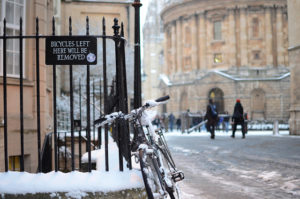
I learned most of what I know about shutter speed, aperture, iso, focusing depth of field, and more on the d7000, and because it was made with professional taste in mind, with every bit of understanding you gain you immediately see results in a meaningful way.
An important note is that the Nikon exclusively works with the older AF-S lenses, which have been deprioritized for the AF-P. Make sure you pick up the right lens if you’re looking at the equipment in pieces.
This camera is a tool I have used for years, so for that reason I’m a bit biased, but it has delivered for me time and again in many situations. For a beginner or multi-disciplinary that needs something that will deliver for photo and video shoots, the d7000 is a fantastic place to start.
We hope to explore more options for affordable solutions for Chicago’s creatives, so if you know other great pieces of equipment, please reach out on our contact page or comment below.


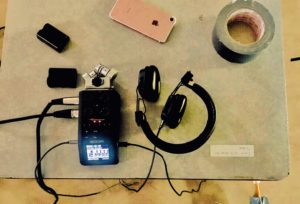
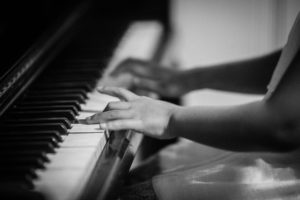
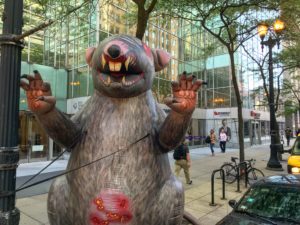
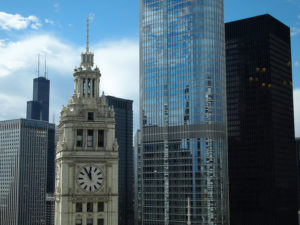
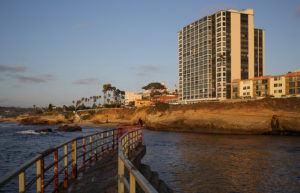
Be First to Comment